How The Catholic Church Elects A New Pope: The Conclave Process
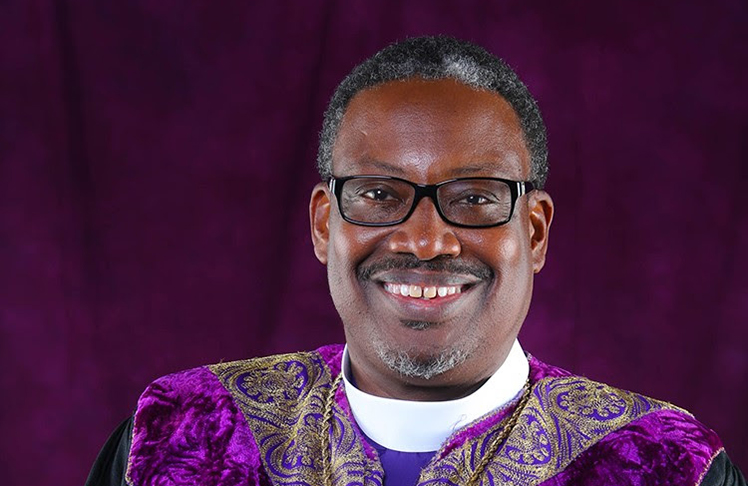
Table of Contents
The Sede Vacante Period
The period between a Pope's death or resignation and the election of his successor is known as the Sede Vacante (vacant see). This interim period is crucial for the smooth transition of power within the Catholic Church. During this time, the College of Cardinals, the body of senior Catholic clergy who advise the Pope, assumes responsibility for the Church's governance. The Sede Vacante is not a time of inactivity; rather, it's a period of intense preparation for the upcoming Conclave.
- The temporary administration of the Church: The College of Cardinals manages the day-to-day affairs of the Vatican and the worldwide Catholic Church. This involves handling administrative matters, addressing urgent issues, and ensuring the continuity of Church operations.
- Preparation for the Conclave: This includes logistical arrangements – securing the Conclave location, accommodation for the cardinals, and establishing strict communication protocols. Crucially, they also focus on prayer and reflection, seeking divine guidance in the selection of the next Pope.
- Secrecy and prayer are paramount: Maintaining secrecy and fostering a spirit of prayer and contemplation are vital aspects of the Sede Vacante period. This helps to create a climate of reflection and prayer conducive to making a wise decision.
The Conclave: Gathering the Cardinals
The Papal Conclave is the formal gathering of Cardinals eligible to elect the next Pope. Not all Cardinals are eligible; only those under the age of 80 are permitted to participate in the election. This ensures a balance between experience and the vitality needed for leadership in the modern Church. The Conclave takes place in a highly secure environment, traditionally the Sistine Chapel in the Vatican.
- The Sistine Chapel as the traditional location: The Sistine Chapel, famous for its Michelangelo frescoes, offers a fitting and historically significant setting for this momentous event.
- Strict rules regarding communication and outside contact: The cardinals are effectively sequestered during the Conclave. All communication with the outside world is strictly prohibited to ensure the integrity of the voting process and to prevent external influences. This isolation promotes focused deliberation and prayer.
- Accommodation and daily routines of the cardinals: The cardinals reside within the Vatican walls during the Conclave, with their daily routines structured to allow for both prayer and deliberation. Their lives are simple and focused solely on the election.
The Voting Process: Scrutiny and Ballots
The election of the Pope is conducted through a secret ballot system. Each Cardinal writes their choice on a ballot paper, which is then folded and placed into a special box. This process is repeated until a candidate receives the necessary two-thirds majority vote.
- The significance of a two-thirds majority vote: This high threshold ensures a broad consensus among the cardinals, aiming for a strong and widely accepted leader for the Church.
- What happens if no one achieves the required votes: If no candidate secures a two-thirds majority, multiple ballots are conducted until a Pope is elected. This process can continue for many days.
- The role of the scrutineers and their responsibilities: Designated Cardinals, known as scrutineers, oversee the counting of the votes and ensure the process is fair and transparent. Their role is crucial in maintaining the integrity of the election.
The "Habemus Papam!" Moment
The announcement of the new Pope is a highly anticipated moment worldwide. Once a candidate reaches the required majority, white smoke is released from the Sistine Chapel chimney, signaling to the world that a new Pope has been elected.
- The announcement from the balcony of St. Peter's Basilica: The new Pope appears on the balcony of St. Peter's Basilica to deliver the traditional announcement, "Habemus Papam!" (We have a Pope!).
- The first blessing ("Urbi et Orbi") by the new Pope: This blessing, bestowed upon the city of Rome and the world, marks the official beginning of the new Pope's papacy.
- The global reaction and celebrations: The announcement is met with jubilation and celebration by Catholics worldwide, marking a significant moment for the global Catholic community.
Historical Evolution of the Conclave
The process of electing a Pope has evolved significantly throughout history. Early elections were often fraught with political intrigue and corruption, with powerful figures exerting undue influence. However, over the centuries, reforms have streamlined the process, resulting in the more formalized and secretive Conclave we see today.
- Early elections and their potential for corruption: In earlier times, Papal elections were often influenced by powerful secular rulers and factions within the Church itself.
- Key reforms throughout history: Numerous reforms over centuries have aimed to reduce the potential for corruption and enhance the fairness and transparency of the election.
- Modernization and adaptation of the process: The Conclave process continues to adapt to the needs of the modern Church. While the core tenets of secrecy and prayer remain, elements of the process have been modified to maintain efficiency and fairness.
Conclusion
The election of a new Pope through the Papal Conclave is a complex and deeply symbolic process, steeped in centuries of tradition and evolving to meet the needs of the modern Church. Understanding the intricate details of this event, from the Sede Vacante period to the thrilling announcement of "Habemus Papam!", provides a deeper appreciation for the leadership of the Catholic Church. To learn more about the fascinating history and current practices surrounding the election of the next Pope, further research into the intricacies of the Papal Conclave is recommended. Understanding the Papal Conclave process is crucial for anyone interested in the Catholic faith and its leadership.

Featured Posts
-
 Incertidumbre Veremos A Simone Biles En Los Juegos Olimpicos De Los Angeles 2028
May 07, 2025
Incertidumbre Veremos A Simone Biles En Los Juegos Olimpicos De Los Angeles 2028
May 07, 2025 -
 Opinia Nawrockiego Zrownowazony Rozwoj Poprzez Inwestycje W Drogi S8 I S16
May 07, 2025
Opinia Nawrockiego Zrownowazony Rozwoj Poprzez Inwestycje W Drogi S8 I S16
May 07, 2025 -
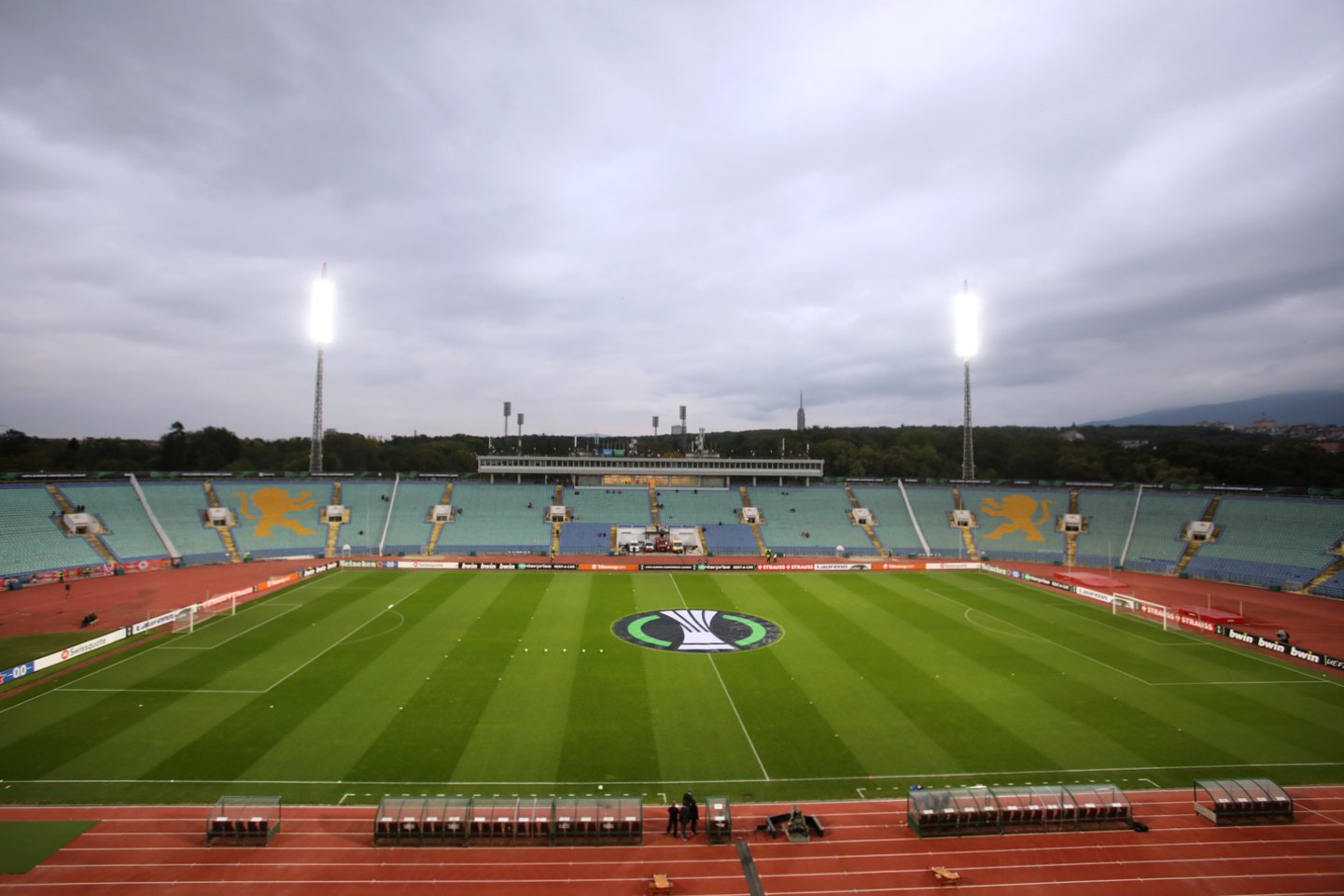 Nba Lyderiai Ir Istorinis Klubo Rekordas Detali Analize
May 07, 2025
Nba Lyderiai Ir Istorinis Klubo Rekordas Detali Analize
May 07, 2025 -
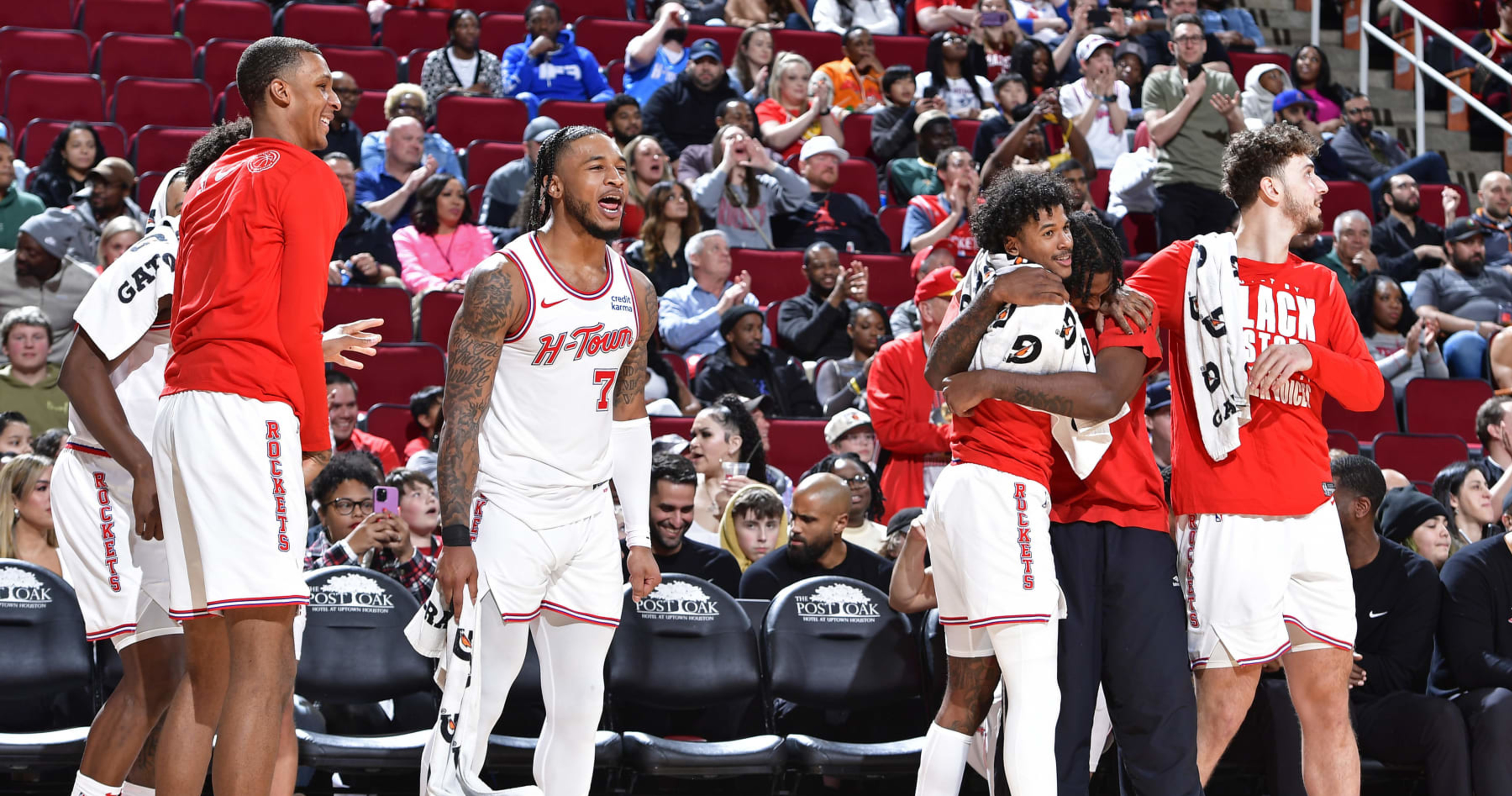 Warriors Blowout Loss History Suggests No Cause For Alarm
May 07, 2025
Warriors Blowout Loss History Suggests No Cause For Alarm
May 07, 2025 -
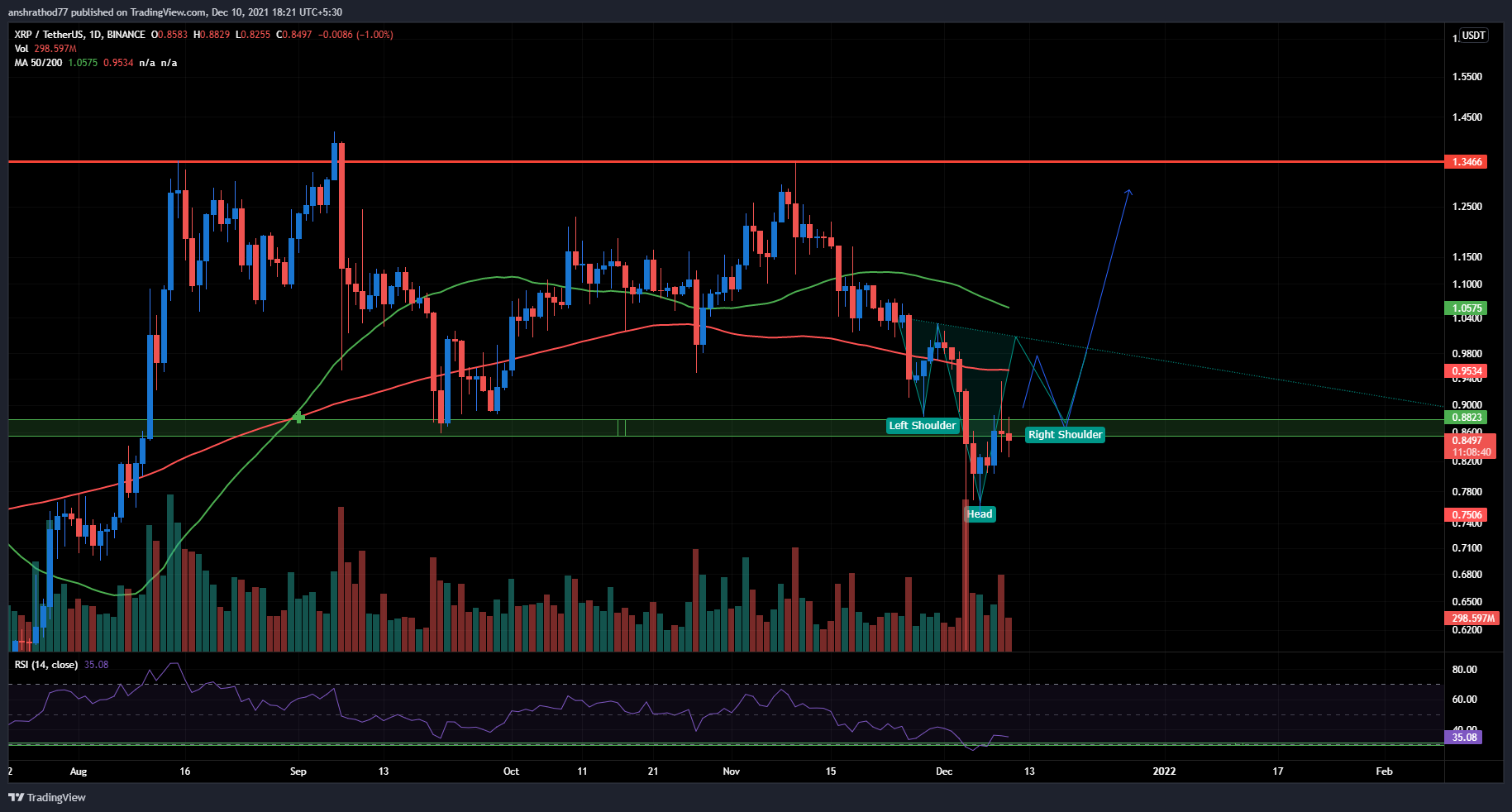 Should You Buy Xrp After Its 400 Increase A Detailed Look
May 07, 2025
Should You Buy Xrp After Its 400 Increase A Detailed Look
May 07, 2025
Latest Posts
-
 Most Intense War Movies On Amazon Prime Right Now
May 08, 2025
Most Intense War Movies On Amazon Prime Right Now
May 08, 2025 -
 Top 10 Most Intense War Films Streaming On Amazon Prime
May 08, 2025
Top 10 Most Intense War Films Streaming On Amazon Prime
May 08, 2025 -
 10 Best Characters In Saving Private Ryan Ranked
May 08, 2025
10 Best Characters In Saving Private Ryan Ranked
May 08, 2025 -
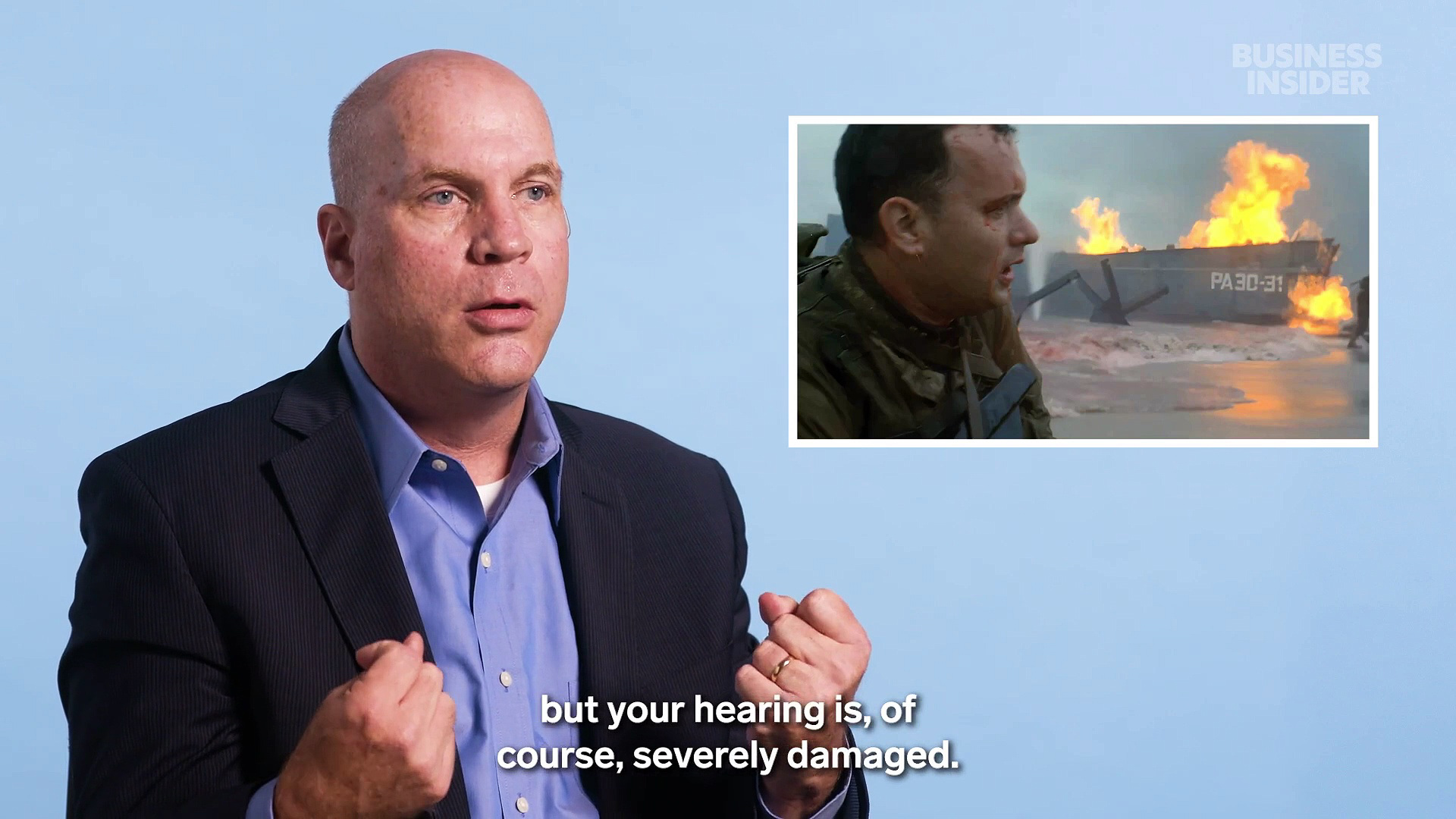 Beyond Saving Private Ryan A Military Historians Guide To Authentic Wwii Films
May 08, 2025
Beyond Saving Private Ryan A Military Historians Guide To Authentic Wwii Films
May 08, 2025 -
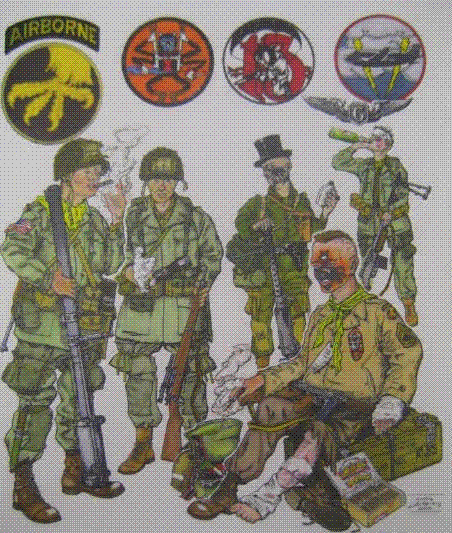 Realistic Wwii Movies Military Historians Pick Their Top Choices
May 08, 2025
Realistic Wwii Movies Military Historians Pick Their Top Choices
May 08, 2025
